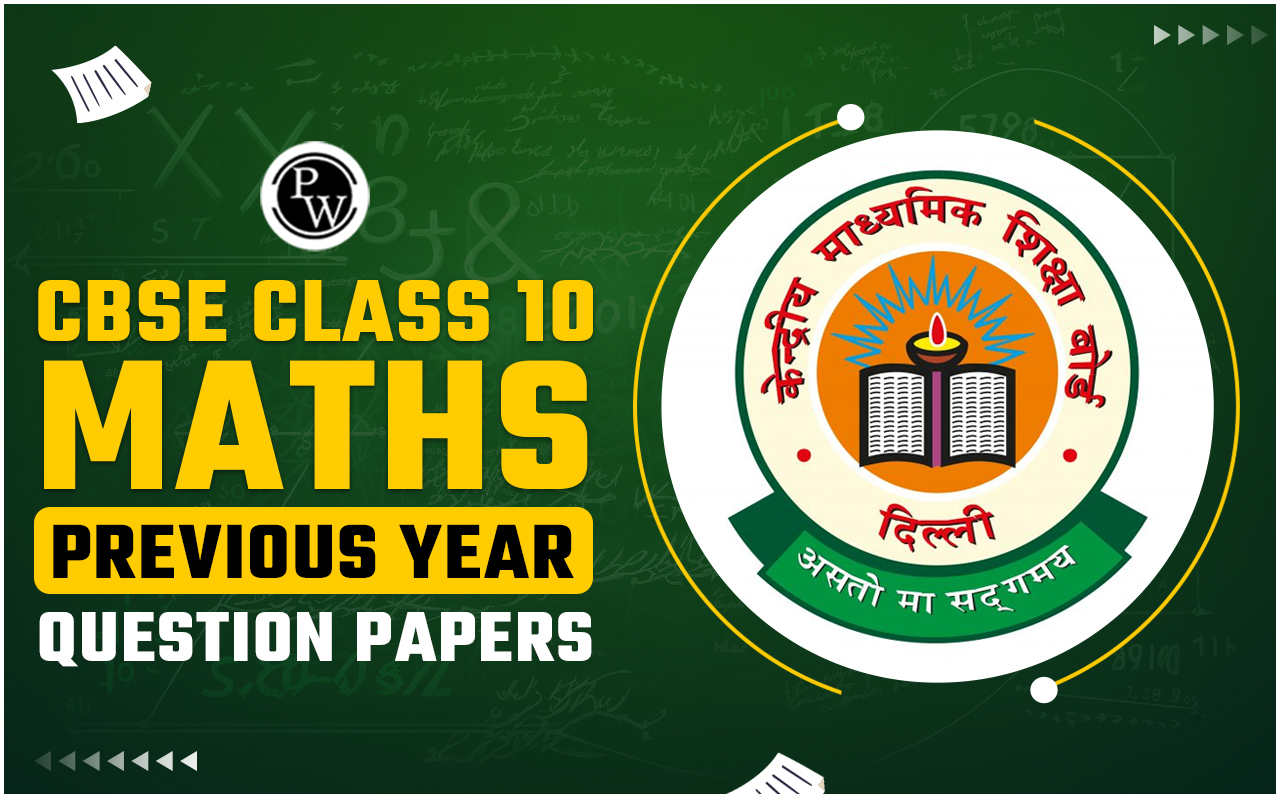

The BODMAS Rule Formula , represented by its acronym, serves as a mnemonic to guide the sequence of operations when untangling mathematical expressions. BODMAS encapsulates five key steps:
- B (Brackets): Enclosed portions are tackled first, followed by nested subsets, if present.
- O (Order of powers or roots): Exponents or roots are computed subsequently.
- D (Division): Moving left to right, divisions are executed before other operations.
- M (Multiplication): Similar to division, multiplications are processed from the left side.
- A (Addition) and S (Subtraction): The final phase involves addition and subtraction, again adhering to the left-to-right progression.
In essence, BODMAS mandates that multi-operator expressions be simplified systematically, adhering to this prescribed sequence. Initially, brackets are resolved, followed by exponents or roots. Subsequently, divisions and multiplications are computed based on their left-to-right occurrence. Lastly, additions and subtractions are performed in the same ordered manner.
In this, we'll delve into the intricacies of the BODMAS rule, which is indispensable for effectively deciphering arithmetic expressions encompassing diverse operations such as addition (+), subtraction (-), multiplication (×), division (÷), and the utilization of brackets ( ).
What is BODMAS?
BODMAS, recognized as the sequence of operations, outlines a structured approach for executing calculations within an arithmetic expression. Mathematics relies on coherent principles and established guidelines to streamline computations. Consequently, BODMAS stands as a fundamental regulation designed to simplify intricate expressions embedding numerous operators.
Within the realm of arithmetic, an expression or equation encompasses two fundamental constituents:
- Numbers
- Operators
These two elements intertwine, governed by the BODMAS framework, to facilitate precise and consistent mathematical evaluations.
Numbers
Numbers encompass mathematical entities employed for enumeration, quantity depiction, and computational purposes. Within the realm of mathematics, numbers exhibit a categorization spanning natural numbers, whole numbers, integers, rational numbers, irrational numbers, real numbers, complex numbers, and even imaginary numbers.
Operators or Operations
An operator denotes a symbol that combines two numerical values, yielding an expression or equation. In the realm of mathematics, the commonly encountered operators encompass Addition (+), Subtraction (-), Multiplication (×), and Division (÷). When dealing with mathematical expressions or equations governed by a sole operator, deriving a solution generally remains straightforward. However, the complexity increases when multiple operators interplay, demanding a more intricate approach.
To elucidate, let's consider an illustrative scenario involving Jenny and Ron who independently tackled the mathematical expression 6 × 3 + 2. Their distinct methods are as follows:
Jenny's Approach: 6 × 3 + 2 = 6 × 5 = 30
Ron's Approach: 6 × 3 + 2 = 18 + 2 = 20
Evidently, Jenny and Ron obtained divergent outcomes. In mathematics, a single accurate answer is anticipated for such situations. Determining the correct solution necessitates a structured technique. This is where BODMAS comes into play. The ensuing example will provide a concrete understanding of BODMAS' functioning:
Also Check – Volume of a Cylinder Formula
Example of BODMAS Formula
Example 1: Illustrating BODMAS through Expressions Simplification
Expression: Evaluate the following expression using the BODMAS rule.
10 + (5 × 3 + 2)
Solution: Let's break down the expression 10 + (5 × 3 + 2) step by step.
Step 1: First, we address the parentheses: 10 + (15 + 2)
Step 2: This simplifies to 10 + 17 = 27
Example 2: Application of BODMAS in Expression Simplification
Expression: Apply the BODMAS rule to simplify the given expression.
15 + (30 ÷ 2)
Solution: We will deconstruct the expression 15 + (30 ÷ 2) step by step.
Step 1: Initially, we deal with the brackets: 15 + (30 ÷ 2) = 15 + 15
Step 2: This leads to 15 + 15 = 30
Example 3: Utilize the BODMAS rule to simplify the given expression: [18 - 2(5 + 1)] ÷ 3 + 7
Solution:
The provided expression is [18 - 2(5 + 1)] ÷ 3 + 7
Step 1: Initiate by solving the innermost bracket, which is 5 + 1 = 6. Consequently, the expression becomes [18 - 2(6)] ÷ 3 + 7.
Step 2: Next, address the multiplication operation, resulting in 2 × 6 = 12. Hence, [18 - 12] ÷ 3 + 7.
Step 3: A solitary bracket remains, leading to [18 - 12] = 6. Thus, 6 ÷ 3 + 7.
Step 4: Following B and O comes D, yielding 6 ÷ 3 = 2. Consequently, 2 + 7.
Step 5: Lastly, execute the addition operation, yielding 2 + 7 = 9.
∴ The expression is simplified, and the answer is 9.
Example 4: Evaluate the expression employing the BODMAS rule: (1 + 20 - 16 ÷ 4²) ÷ {(5 - 3)² + 12 ÷ 2}
Solution:
Step 1: Begin by simplifying the innermost bracket, resulting in (1 + 20 - 16 ÷ 16) ÷ {2² + 12 ÷ 2}.
Step 2: Proceed to evaluate exponents, yielding (1 + 20 - 1) ÷ {4 + 12 ÷ 2}.
Step 3: Subsequently, divide 16 by 16 and 12 by 2 within the brackets, leading to (1 + 20 - 1) ÷ {4 + 6}.
Step 4: Add 1 to 20 and 4 to 6, resulting in (21 - 1) ÷ 10.
Step 5: Solve the bracket by subtracting 1 from 21, yielding 20 ÷ 10.
Step 6: Finally, divide 20 by 10 to attain the ultimate answer, which is 2.
∴ (1 + 20 - 16 ÷ 4²) ÷ {(5 - 3)² + 12 ÷ 2} = 2
Example 5: Employ the BODMAS rule to simplify the given expression: (9 × 3 ÷ 9 + 1) × 3
Solution:
Step 1: Apply the Bodmas Rule (left to right, adhering to the operation's precedence). Initially, multiply 9 by 3 in the given expression, (9 × 3 ÷ 9 + 1) × 3, resulting in (27 ÷ 9 + 1) × 3.
Step 2: Subsequently, divide 27 by 9 within the bracket, yielding (3 + 1) × 3.
Step 3: Eliminate the parentheses by adding 3 and 1, leading to 4 × 3.
Step 4: Ultimately, multiply 4 by 3 to acquire the final answer, which is 12.
∴ (9 × 3 ÷ 9 + 1) × 3 = 12
Example 6: Solve the provided expression employing the BODMAS rule: [50-{3×(9+7)}]
Solution:
To solve the expression [50-{3×(9+7)}], adhere to these steps:
Step 1: Begin by solving the innermost bracket, resulting in the addition of 9 and 7, i.e., 16. Thus, the simplified expression becomes [50-{3×16}].
Step 2: Proceed to multiply 3 by 16, yielding [50-48].
Step 3: Subtract 48 from 50 to arrive at the final answer, which is 2.
Also Check – Rational Number Formula
BODMAS Full Form
The BODMAS rule serves as a valuable tool for evaluating mathematical expressions and managing intricate calculations in a standardized and simplified manner.
Meaning of BODMAS:
As per the BODMAS rule, when tackling any arithmetic expression, the order of operations is as follows: First, address the terms enclosed in parentheses; next, handle exponentiation or "of" operations (which signifies multiplication); proceed to division and multiplication operations; and finally, conclude with addition and subtraction operations. Adhering to this sequence in the BODMAS rule consistently yields accurate solutions. Direct simplification of terms within parentheses is achievable. This implies that operations within parentheses can be carried out in the sequence of division, multiplication, addition, and subtraction. In cases where an expression involves multiple sets of parentheses, operations involving the same type of parentheses can be simultaneously resolved. For instance, (14 + 19) ÷ (13 - 2) = 33 ÷ 11 = 3.
Refer to the provided table below for a comprehensive grasp of the terms and operations.
| B | [{( )}] | Brackets |
| O | x² | Order of Powers or Roots, (in some cases, 'of') |
| D | ÷ | Division |
| M | × | Multiplication |
| A | + | Addition |
| S | - | Subtraction |
It's important to highlight that when all three types of brackets are present in an expression, the solving process begins with the innermost parentheses (), followed by the curly braces {}, and lastly, the square brackets [].
Another key aspect to keep in mind is that for the letter 'O' in BODMAS, it signifies 'Order of Powers or Roots'. However, in specific instances, when encountering 'of', it signifies multiplication and should be addressed accordingly.
BODMAS or PEMDAS
BODMAS and PEMDAS are two mnemonic devices employed to recall the sequence of mathematical operations. The BODMAS rule closely resembles the PEMDAS rule, with a variation in the acronym due to regional variations in terminology. When employing either the BODMAS or PEMDAS rule, it's crucial to bear in mind that during the stages of division and multiplication, priority should be given to the operation situated on the left side of the expression. This same principle extends to addition and subtraction, where the operation on the left side should take precedence.
Also Check – Factors and multiples Formula
When to Use BODMAS?
BODMAS is employed whenever an arithmetic expression involves multiple operations. A specific set of rules must be adhered to while applying the BODMAS method, ensuring a structured approach that yields a distinct outcome for each mathematical expression.
Guidelines to observe include:
- Brackets: When encountering brackets, begin by addressing them. Then, execute addition or subtraction for the terms enclosed. For instance, a + (b + c) equals a + b + c, and a + (b - c) simplifies to a + b - c.
- Negative Signs: Should a negative sign be present within brackets, open the brackets and multiply the negative sign with each term inside. For instance, a - (b + c) translates to a - b - c.
- External Terms: If a term exists outside brackets, multiply that external term by each term contained within the brackets. For example, a (b + c) transforms into ab + ac.
Easy Ways to Remember the BODMAS Rule Formula
The fundamental guidelines for recalling the BODMAS rule are outlined as follows:
- Begin by simplifying expressions within brackets.
- Tackle any exponential terms present.
- Execute division or multiplication operations, proceeding from left to right.
Conclude by addressing addition or subtraction operations, also moving from left to right.
Common Errors While Using the BODMAS Rule
When employing the BODMAS rule to simplify expressions, certain common mistakes can arise. These errors are detailed below:
The presence of multiple brackets can lead to confusion, potentially yielding incorrect results. To address this, when an expression includes various sets of brackets, it's advisable to solve all brackets of the same type simultaneously.
Misinterpretation of integer addition and subtraction can result in errors. For instance, in the case of 1-3+4, the correct calculation is -2+4 = 2. However, mistakes may lead to outcomes like 1-7 = -6.
Erroneously assuming that division takes precedence over multiplication and that addition supersedes subtraction can lead to mistakes. Adhering to the left-to-right principle when choosing these operations aids in obtaining accurate results.
Equating multiplication and division as equal-level operations and conducting them in a left-to-right sequence (addressing the one that appears first) mirrors the approach for addition and subtraction, which are also same-level operations to be executed after multiplication and division. If a division is tackled before multiplication (which is located on the left side of the division operation), a mistake might arise due to the order of operations defined by BODMAS.
BODMAS Rule Formula FAQs
Define the term BODMAS.
Full form of BODMAS.
What is meant by the BODMAS formula?
What does O stand for in BODMAS?












